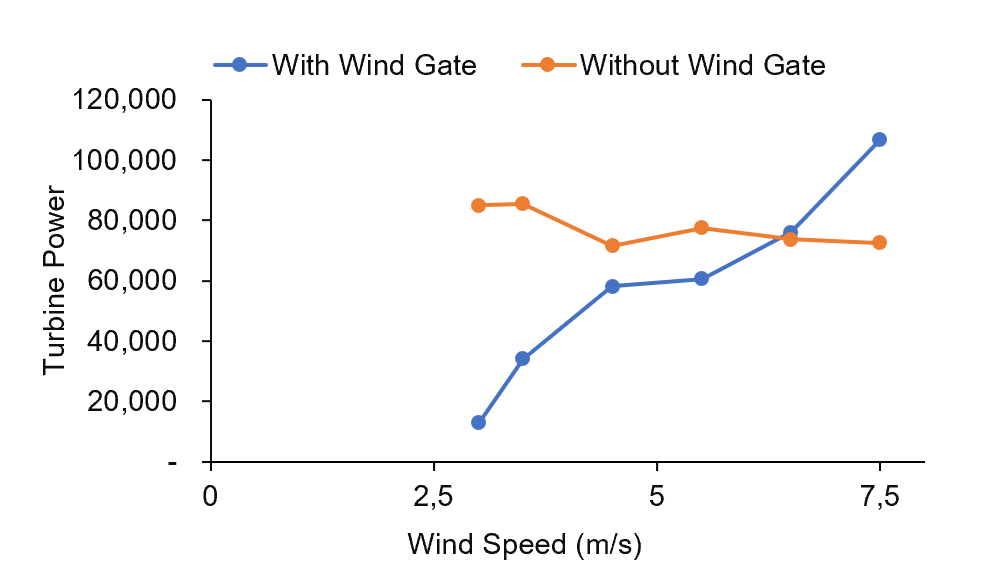Advances in Wind Turbine Technology: Efficiency and Application in Renewable Energy
Main Article Content
Abstract
Electricity is a crucial element in daily life as it supports various human activities. However, many remote areas remain unconnected to the national power grid due to long distances from PLN’s network, resulting in high electricity provision costs. This study employs a qualitative approach by identifying and analyzing literature related to advancements in wind turbine technology, its efficiency, and its application in renewable energy. The review is based on sources from scientific journals, books, research reports, and conference proceedings. Wind energy holds great potential as an environmentally friendly renewable energy solution, particularly in remote areas with low wind speeds, such as Indonesia. Modern wind turbine technology continues to evolve, incorporating aerodynamic design, pitch control systems, and variable speed mechanisms to enhance energy conversion efficiency. Innovations such as the Darrieus turbine, vertical axis wind turbine (VAWT), and the "Antasena" turbine provide effective solutions for low-wind conditions, making them suitable for 3T (Frontier, Outermost, and Disadvantaged) regions. The integration of wind turbines with other renewable energy sources, such as solar panels or micro-hydro systems, along with the use of storage batteries, enhances electricity supply stability in remote areas. Despite challenges such as high investment costs and environmental impacts, proper mitigation strategies can minimize these negative effects. A holistic approach that involves local communities in wind energy projects also contributes to social and economic sustainability.
Downloads
Article Details
Section

This work is licensed under a Creative Commons Attribution-ShareAlike 4.0 International License.





